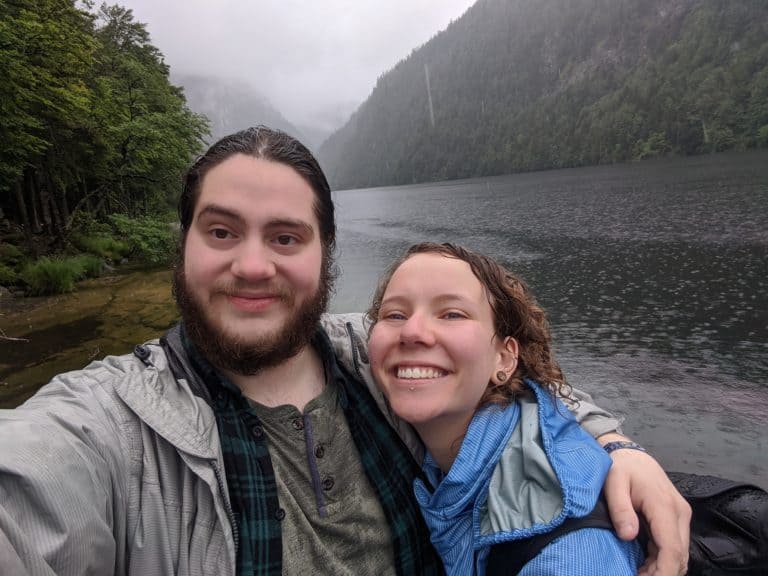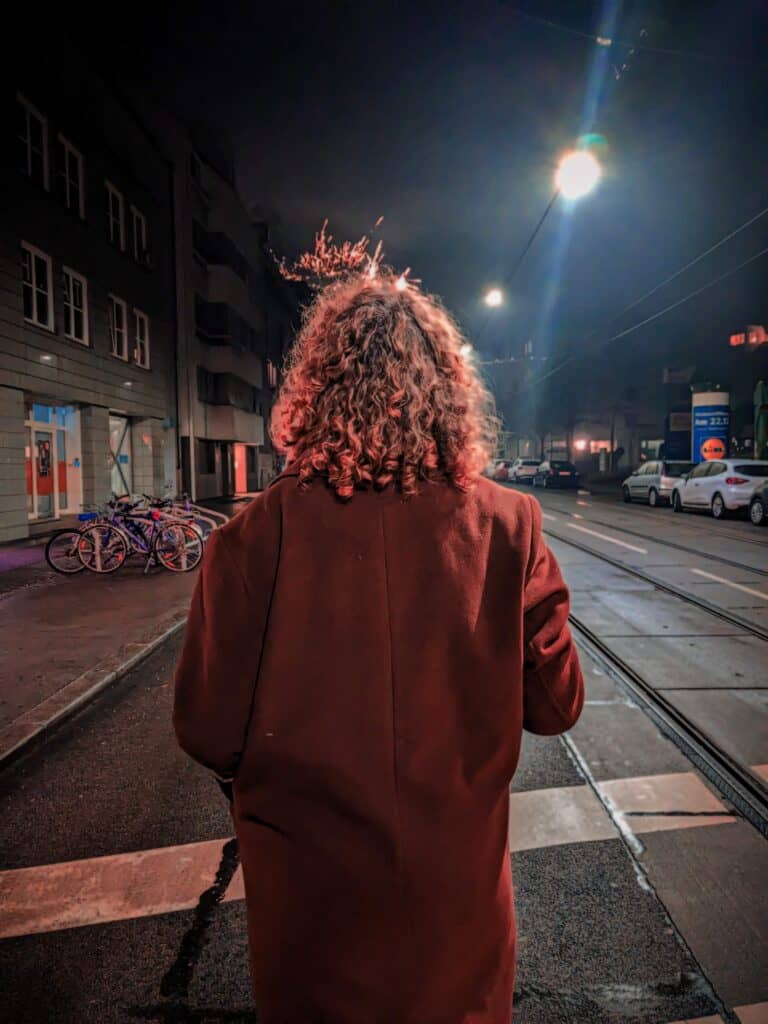Contents of Post

October is slowly coming to a close. As the Halloween decorations accumulate to their inevitable climax you may notice something else occurring in certain countries around the world. Starting near the end of this month in many of the former allied countries a poppy, real or fake, can be found upon the left breast of many a man and woman. There it will stay until after the 11th hour of the 11th day of the 11th month, Armistice/Remembrance Day.
Origin of Armistice/Remembrance Day
Armistice day started in commemoration of the armistice signed between the Allies of World War I and Germany in Compiègne, France. This armistice was signed at 5:45 in the morning and took effect at 11 in the morning on November 11th of 1918. This was the signal of a ceasefire for the Western front. According to many, shelling from both sides continued until the end of the day before the front finally experienced peace for the first time in years.
The armistice was originally only meant to last 36 days before expiring but was extended several times before a formal peace was signed in the Treaty of Versailles the following year.
Since then many of the allied countries have taken this day on as a national holiday. Known as L’armistice de la Première Guerre Mondiale in France, Armistice day in England, Veteran’s Day in the US, this Holiday has come to be known as Remembrance Day in the majority of the Commonwealth.
Some countries have expanded that remembrance day to not only remember and honour those that gave their lives for our freedom in World War I, but in World War II as well. Ceremonies in honour of this day can be marked with 1-2 minutes of silence at 11:00.
Why the Poppy?
The scarlet corn poppy has become synonymous with remembrance and remembrance day. They grow naturally in disturbed soil all over Europe. In the 19th Century, the wars that Napoleon fought left fields of blood-red poppies in their wake. As they tore through Europe they turned barren fields into blood-soaked battlefields littered with bodies that poppies would grow around.
In 1914 Flanders field in Belgium and a myriad of Fields across Northern France were once again torn open as the battles of World War I raged across Europe. Poppies were the only thing that grew on those battle-torn fields after the fighting.
John McCrae, a Canadian doctor, wrote his famous poem “In Flanders Fields” in 1915 to honour the memory of his recently lost friend after he saw the poppies taking over the war-torn countryside. It was this poem that brought the poppy to symbolize remembrance as a lasting memorial symbol. The Royal British Legion ended up adopting the poppy as the symbol of their poppy appeal after it was formed in 1921.
In Flanders Fields by John McCrae
In Flanders’ fields the poppies blow
Between the crosses, row on row,
That mark our place: and in the sky
The larks, still bravely singing, fly
Scarce heard amid the guns below.
We are the dead. Short days ago
We lived, felt dawn, saw sunset glow,
Loved and were loved, and now we lie
In Flanders’ fields.
Take up our quarrel with the foe;
To you from failing hands we throw
The torch; be yours to hold it high,
If ye break faith with us who die
We shall not sleep, though poppies grow
In Flanders’ Fields.

A Few Places to Commemorate Remembrance Day
Countries all over the world commemorate Remembrance Day. Growing up in Canada we had an event in every school and every town across the country. Here are a few places to go to commemorate this Remembrance Day.
Paris, France
Paris has an amazing commemoration ceremony. Soldiers and ex-soldiers march up Place Charles-de-Gaulle in the annual military parade. They circle the Arc de Triomphe to lay wreaths and fly the flags of all the countries involved in the war.
All over France, there are ceremonies such as this that are worth checking out if you are in the area.
Sydney, Australia
Every year in Sydney there is a ceremony where the roads are peppered with statues of poppies and many people come to speak. A bugler plays “The Last Post” around the moment of silence at 11:00. Yet none of these are the true reason that this is one of the most gorgeous places to commemorate. During the evening poppies are projected all over the outside of the Sydney Opera House.
Fields of Remembrance, UK
Thousands of poppies are planted all over the UK in Fields of Remembrance. You can go to any of these fields to commemorate Remembrance Day as there is a ceremony at each.
There are 5 fields around the UK:
Belfast, Northern Ireland
Cardiff, Wales
Edinburgh and Inverness, Scotland
Gateshead, Tyne and Wear
Lydiard Park, near Wootton Bassett, Wiltshire
So here you could take your moment of silence among rows of poppies.
Belgium
Belgium has two really cool remembrance ceremonies one after another. One on Remembrance Day and one the day before.
The November 10th remembrance ceremony hits a special chord within me as a Canadian. In Passchendaele, they commemorate the battle fought there starting with a small ceremony at the Crest Farm Canadian Memorial before marching a torch parade. The torch parade route is the last 100 metres of the attack ending at Church Passchendaele.
On Remembrance Day there are ceremonies around the country. One of the best is in Ypres where you can gather under the Menin Gate where buglers have played “The Last Post” almost every night since 1928. Poppies are everywhere, including floating down over the Menin Gate. Here you can tour the battlefields of Flanders Field.
Do you take part in Remembrance Day ceremonies? Where would you like to go to do so? Let us know in the comments below!
Until next time travel authentically, travel nomadically, and let the world leave its inscriptions on you as you do on it.





2 responses
Thanks for this post, Jenson! Always a nice breather to read about Remembrance Day and see what new things you can learn from others. Keep up the good work 🙂
I’m glad you liked it! I feel like Remembrance Day just doesn’t get the coverage that it really deserves. Are you doing anything special for Remembrance day this year?